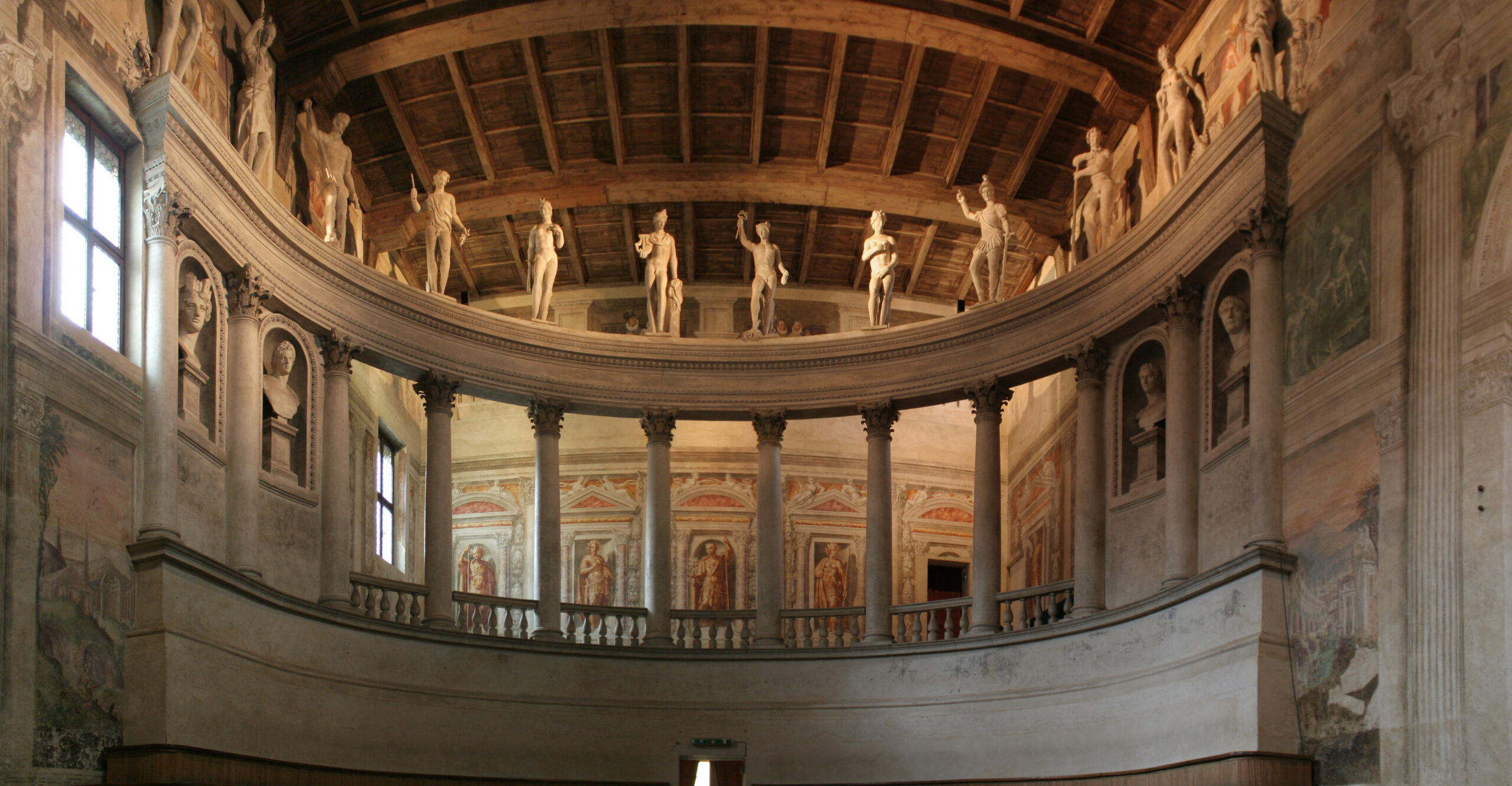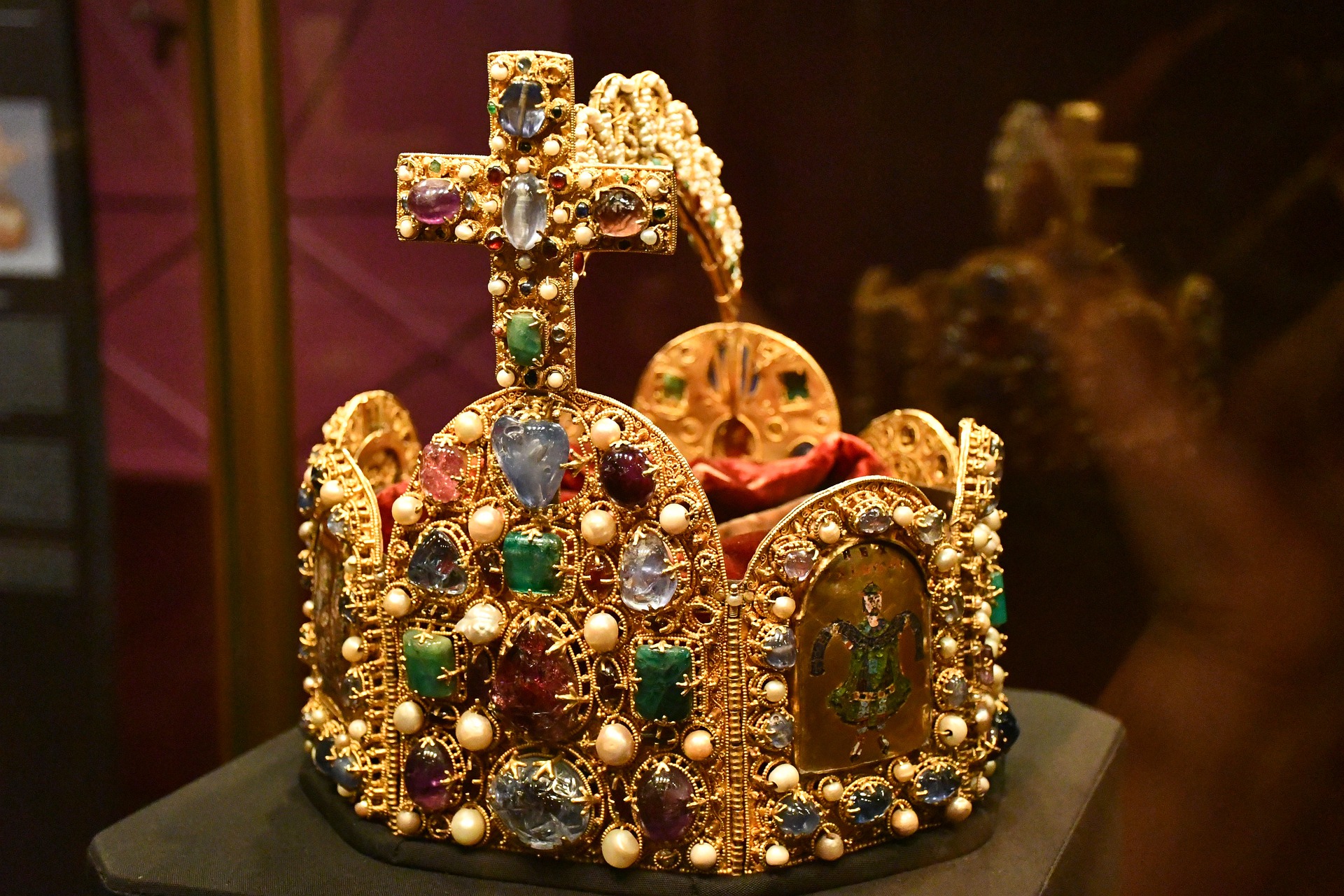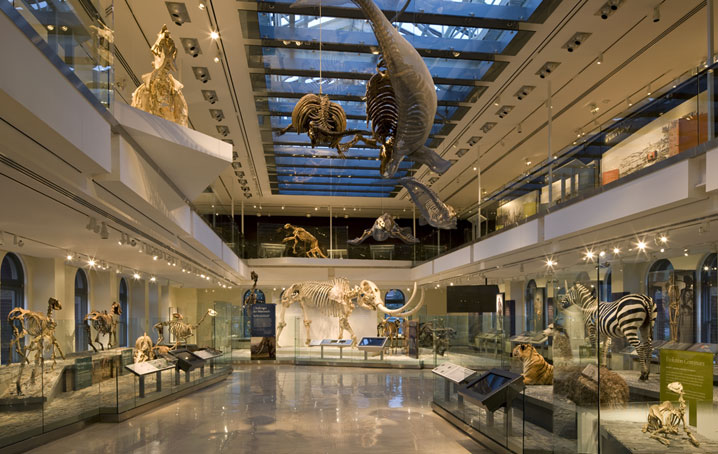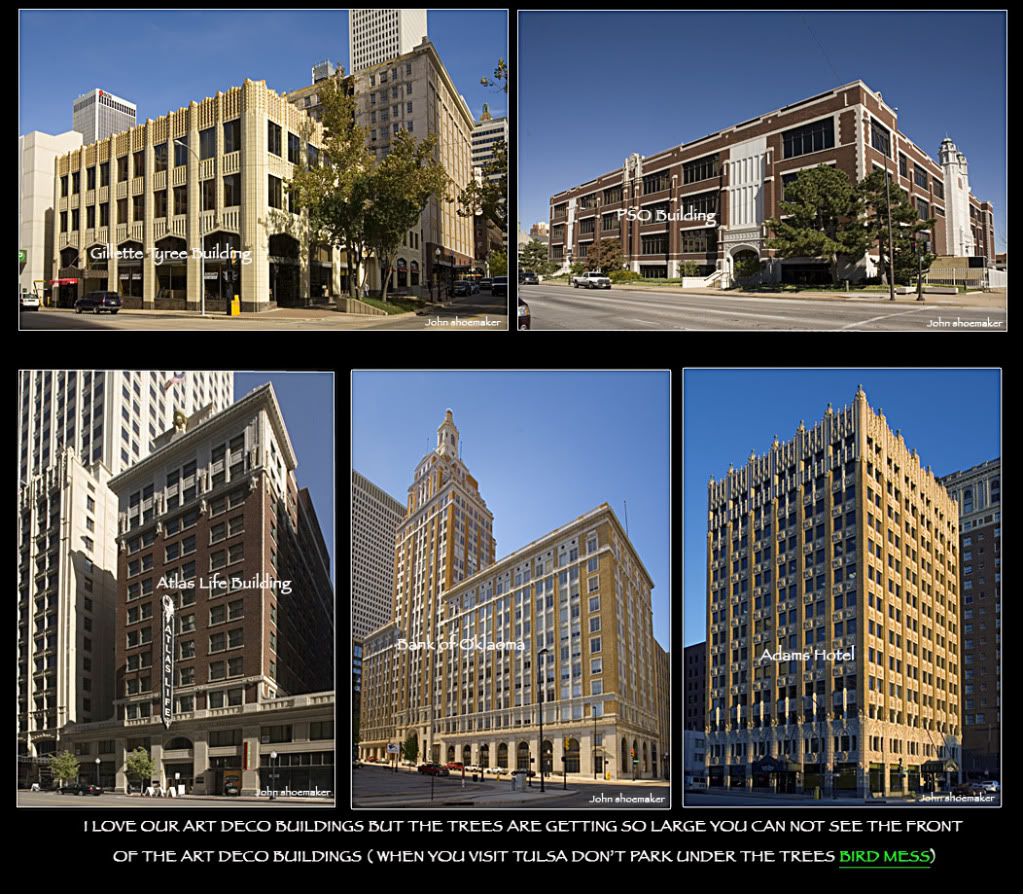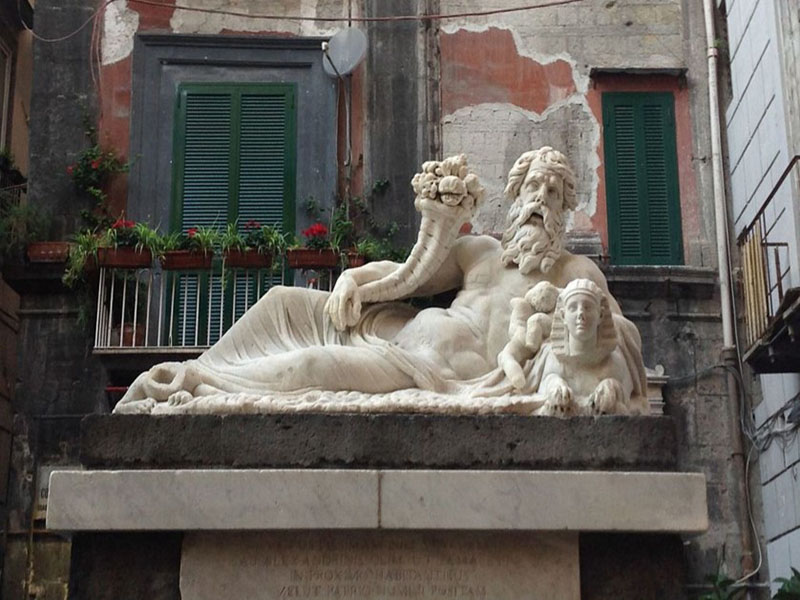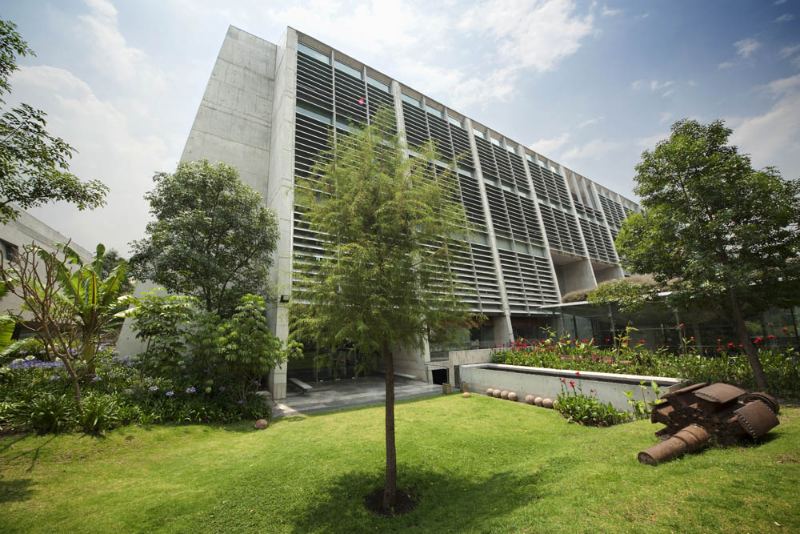It was Vincenzo Scamozzi, back from the construction of the Teatro Olimpico in Vicenza, who in 1588 drew for the Duke Vespasiano the project of a court theater built between 1588 and 1590. The elegant exterior has two orders: the lower one, with windows, portals and ashlar-worked edges resting on a high plinth, and the upper one, characterized by Doric coupled pilasters, niches and windows surmounted by triangular and curved tympanums containing ovoid cups. The string-course fascia bears the inscription in capitals ROMA QVANTA FVIT IPSA RVINA DOCET (the ruins themselves teach how great Rome was), a motto found on the title page of 2 of the 7 books of architecture written by the Bolognese Sebastiano Serio. The rectangular hall is divided into 2 squares separated by the short rectangular orchestra: one occupied by the stage and the other by the semicircular cavea. An innovation is the entrance in the back reserved for the artists (musicians and actors), which allows access to the dressing rooms. On the raised stage there was the fixed scene designed by Scamozzi, destroyed in the second half of the 18th century. It represents an urban perspective, a street lined with noble and bourgeois buildings. The sense of depth was accentuated by the inclination of the stage and the false ceiling, a barrel vault made of intertwined river canes, stuccoed and painted blue, inclined above the stage itself. The buildings in the scene were made of wood, stucco and painted canvas in faux marble and faux stone. The frescoes on the sides of the stage were part of the scene and integrated the perspective view scamozziana. On one side is recognizable the workshop of a cerusico-barber. Of the original plant remains the harmonious loggia constituted by a statuary crowning representing the main divinities of the Olympus. The statues of the gods and the elegant stucco mouldings were realized by the Venetian sculptor Bernardino Quadri on a design by Scamozzi. The figures painted in monochrome on the back wall of the loggia depict Roman emperors. In the niches are inserted 4 busts, representing the goddess Cybele and three ancient condottieri. The 2 large wall frescoes depict triumphal arches in the ancient style, in whose central fornices are opened urban views. On the left is painted the square of the Capitol and on the right Castel Sant’Angelo. The entablature that surmounts the arch on the right bears the dedication to Emperor Rudolph II of Hapsburg who in 1577 elevated Vespasian to the rank of Duke. The frescoes that run along the entire perimeter of the room immediately under the roof simulate a loggia animated by musicians, comedians, ladies and knights dressed according to the costumes of the late 16th century. There is a clear reference to the style of Paolo Veronese, especially to the frescoes of Villa Barbaro in Maser. The building, completed in February 1590, was inaugurated with the carnival celebrations. A stable theater company, salaried by the duke remained in Sabbioneta until the death of Vespasiano, after which the theater, like the entire city, experienced a long period of decline.
